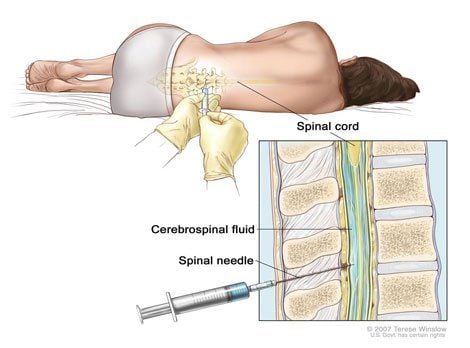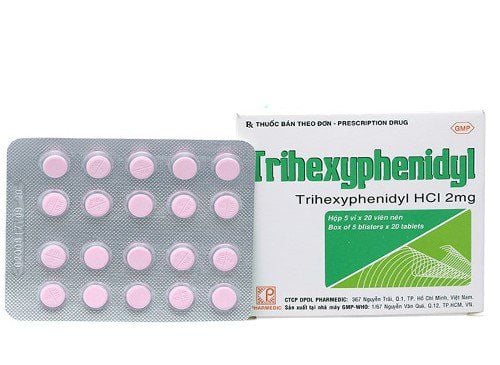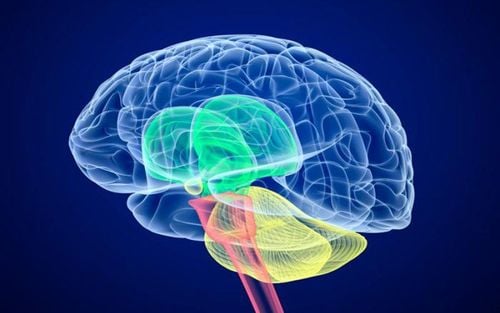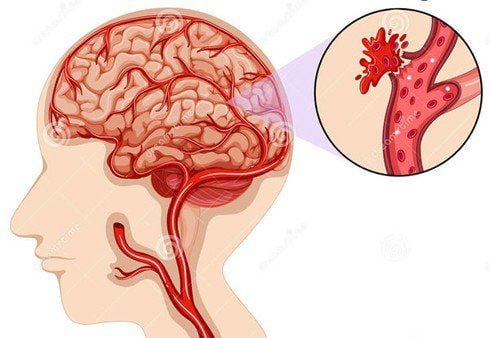This is an automatically translated article.
The brain is an important organ in the central nervous system. With a flexible structure, containing many blood vessels and nerves, the brain has the ability to control consciousness as well as human perception.1. Brain structure
The brain is made up of a mass of soft, spongy tissue. To protect the brain, the skull is surrounded by three layers of meninges. At the spaces are the ventricles with spinal fluid flowing through to create a closed environment that is not empty.Surrounding the brain is a system of nerves that connect to the eyes and parts of the head. Other nerves run along the spinal cord to connect information to organs in the body. The brain is important because it controls most of the body's activities and creates sensations and emotions.
The human brain is divided into 2 parts: left brain and right brain. Each part has a separate function.. The cerebellum is located at the back of the brain, helping to control balance and control activities such as moving or talking. The brain stem is connected to the spinal cord to control body temperature and satiety. In particular, the brain stem also helps control breathing, blood pressure and simple human activities.
2. Detailed structure of cerebellum
The cerebellum has 3 pairs of peduncles connecting to 3 parts. The peduncles of the cerebellum function as the mainstay of connections with organs in the nervous system.In addition, the cerebellum also includes: lobes of the brain, two hemispheres of the brain. Each cerebral hemisphere is surrounded by a layer called gray matter. Inside the cerebellar cortex contains white matter and nucleus. The cerebellar cortex is made up of 3 layers. The outermost layer contains neuronal molecules, the middle layer is the Purkinj cell, and the innermost layer is the nucleus cell.
Based on that structure, the cerebellum is divided into 3 parts, which are the primary cerebellum, the ancient cerebellum and the new cerebellum:
The cerebellum, also known as the lobe, has evolved quite early. This layer is closely related to the vestibule and medulla oblongata. The function of the lobes of the brain is to help muscles work and balance the body.
The cervical cerebellum receives information from the spinal cord to help develop sensations. Based on consciousness, this layer helps the muscles to be better regulated and balance.
The newly developed cerebellum is the last in the evolutionary stage of the brain. They seem to appear only in higher animals namely humans.
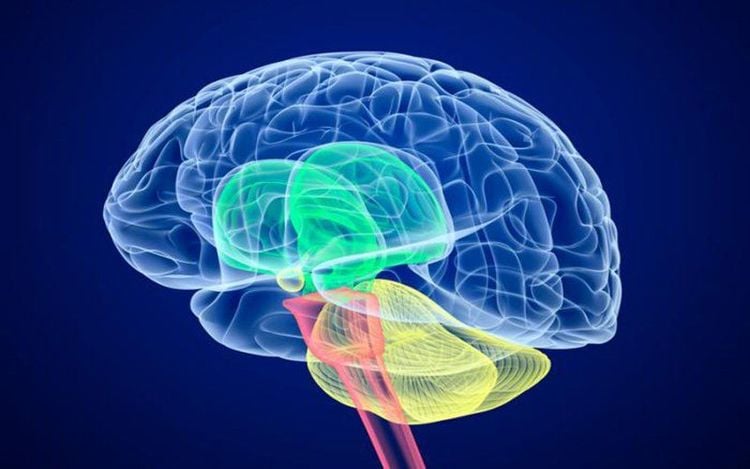
Bộ não là một cơ quan đóng vai trò quan trọng trong hệ thần kinh trung ương
Spinal cord bundles There are two types of gowers and flechsig. These 2 bundles connect with tendons and bundles of muscles and joints leading to the spinal cord. They transmit information that helps the cerebellum to recognize when a muscle is sore or aching.
Bundle of goll and burdach These are 2 bundles that conduct sensory consciousness. Their destination is the cerebral cortex, only a small part to the cerebellum.
Vestibular bundle This bundle originates from the nucleus of the cerebellar hemisphere. This bundle has the function of connecting and transmitting information to the two hemispheres of the cerebellum.
2.2 Functions of the cerebellum The cerebellum can control and direct the activities of the muscles and joints to help the body maintain balance. At the same time, this part functions as a control system for all activities of the body.
From the vestibular bundle, the cerebellum will receive information transmitted to the muscles to help the body keep balance. Based on the pulse passing through the vestibular bundle, the cerebellum quickly gathers information and commands the muscle mass. The gray nucleus and cerebral cortex descend into the spinal cord to transmit information to the cerebellum. They contribute to the stabilization of automatic human activities and movements.
All functions are derived from the motor cortex. They will receive impulses before going down to the medulla, only partially sent to the cerebellum. From there, the cerebellum produces both consciousness and sensation through the goll and burdach bundle. Your activities will be affected if the cerebellum is severely damaged.
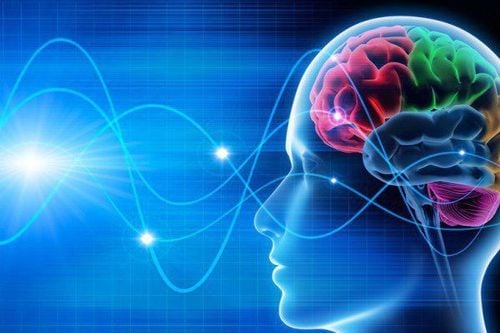
Bộ não có khả năng điều khiển được ý thức cũng như nhận thức của con người
Decreased tone with muscles; Misdiagnosis of information; Trembling limbs; Eyeball jerking ; Difficulty keeping balance; Loud and low voice erratic, stuttering, unstable speaking speed...
3. Features of the structure of the brain stem
The brain stem is the organ located just behind the brain. This organ is connected to the spinal cord. The brainstem is divided into 3 lower levels called the medulla oblongata, midbrain, and pons. The brain stem receives and transmits information to the nerves around the head to the neck.The brain stem has an extremely important role in the performance of brain functions. Most of the information transmission pulses must pass through the brain stem. Especially the regulation of cardiovascular function, respiratory system or essential living habits all involve the brain stem.
In short, the brain, cerebellum, and brain stem have a great role in the body. When this part suffers any damage, other organs will face the risk of being suspended. Therefore, it is necessary to be very careful and seek medical attention when abnormal symptoms appear. Always have regular follow-up if you have a history or hereditary brain disease.
Please dial HOTLINE for more information or register for an appointment HERE. Download MyVinmec app to make appointments faster and to manage your bookings easily.




